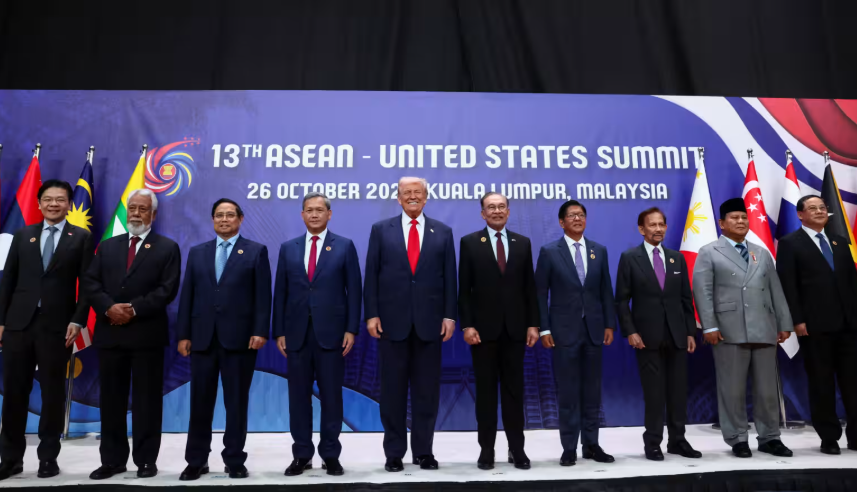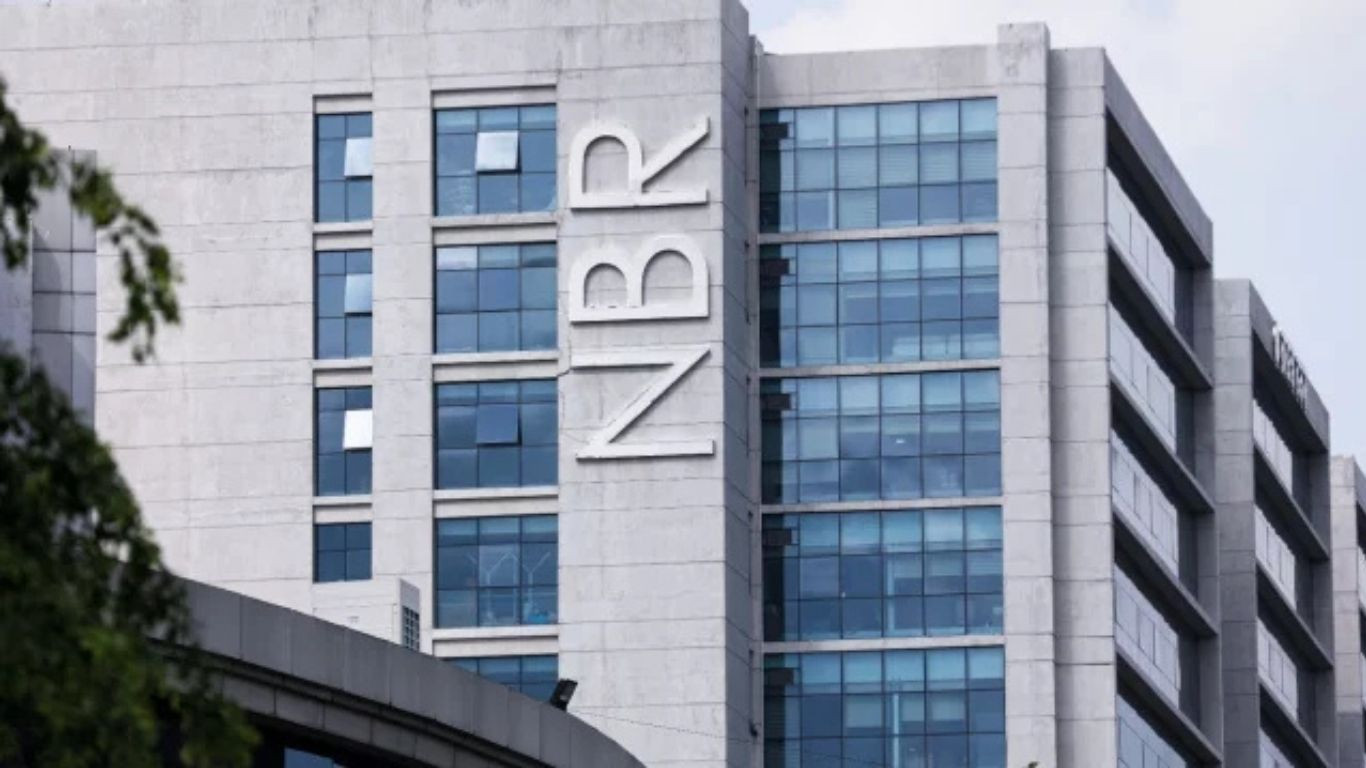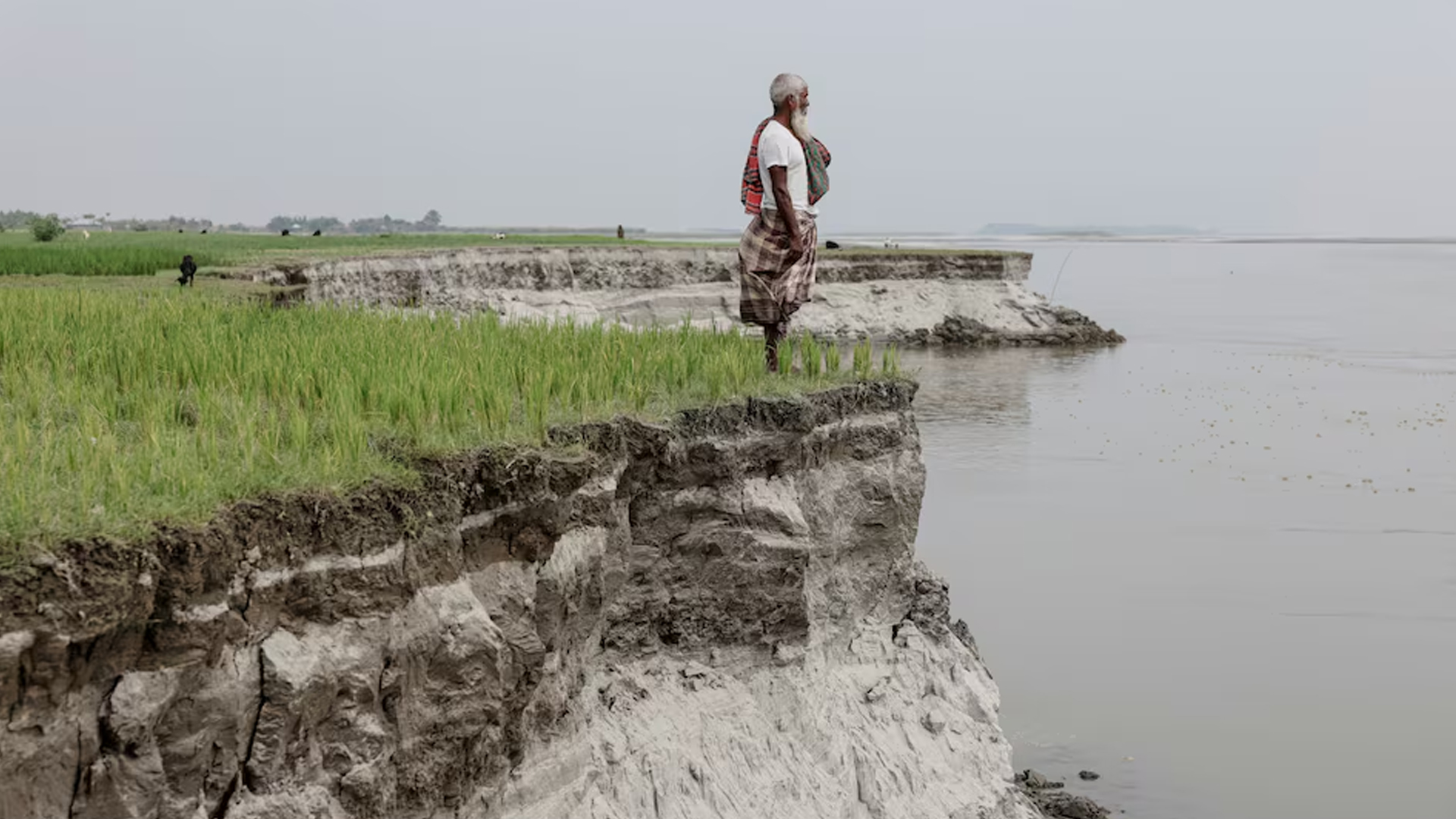TRUMP’S ASIA TRIP TURNS ASEAN SUMMIT INTO A GLOBAL STAGE

Regional summit becomes about Trump, ceasefire and tariffs
U.S. President Donald Trump left Kuala Lumpur after a weekend that was supposed to be about Southeast Asian cooperation, but quickly turned into his personal stage. Trump attended the ASEAN summit and presided over the formal signing of an expanded ceasefire between Thailand and Cambodia, whose border fighting in July killed dozens and displaced more than 260,000 people. He framed the signing as proof that U.S. pressure could deliver “a momentous day for Southeast Asia,” and regional leaders publicly thanked him. Malaysian officials, who helped mediate, said the deal was aimed at locking in withdrawals of heavy weapons from the frontier, prisoner releases, and joint monitoring of landmines.
Trump also used the summit to announce trade arrangements with Thailand, Cambodia and Malaysia. He presented them as fast-track economic wins: more U.S. farm exports, energy sales, and aviation deals, in exchange for tariff relief and market access. Some leaders privately welcomed the attention. Others, especially smaller ASEAN states, voiced quiet concern that Washington is tying peace and market access together in a way that will make future security crises more transactional.
China moves in after Trump leaves
Trump’s visit overshadowed the usual ASEAN agenda of maritime rules, economic integration and great-power balance. He departed for Tokyo and talks with Japan’s new prime minister, and is expected to meet China’s Xi Jinping later this week to push for a U.S.-China trade settlement. After Trump left Malaysia, China moved quickly to remind the region that it is still the largest buyer, lender and factory partner. Chinese Premier Li Qiang urged Asian governments to resist “protectionism” and deepen trade under the Regional Comprehensive Economic Partnership, the 15-nation pact that already covers roughly 30% of world GDP.
ASEAN diplomats said privately that they now face open competition between Washington’s tariff-driven bargaining and Beijing’s promises of market stability. At the same time, frontline disputes have not gone away. The Philippines again condemned Chinese behavior in the South China Sea. Leaders also watched Trump’s Gaza messaging: he has promoted a U.S.-backed ceasefire plan there and presented himself as a broker of Middle East “stability,” something he now ties to his Asia outreach. For many in Southeast Asia, the summit exposed a new reality. Regional forums that once tried to stay neutral are becoming arenas where the U.S. and China sell two different versions of order — and expect the rest of Asia to choose.






















